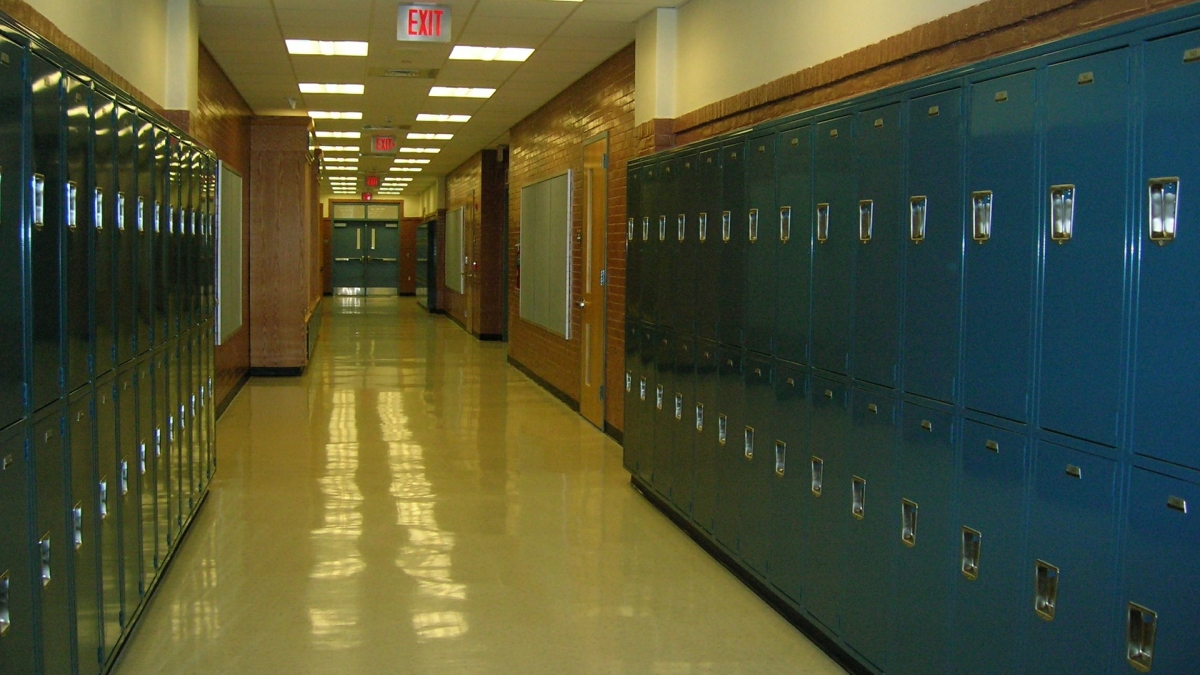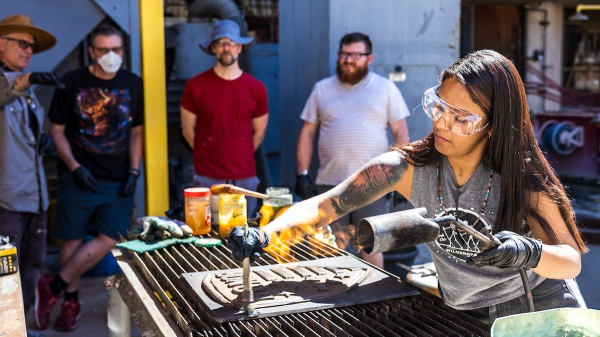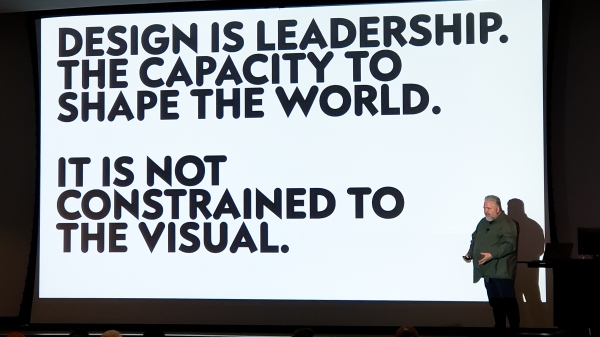ASU student teams dive into tricky problem of school funding in Arizona
MBA students collaborate with students in other disciplines on real-world projects

Education funding in Arizona is one of the most complex, controversial and political issues facing the state.
But a group of Arizona State University students eagerly jumped into this debate, coming up with their own proposals to distribute money to K–12 schools.
The graduate students were part of the first “Learning Lab” cohort, an applied project that paired people in the Forward Focus MBA program with students in master's degree programs in other disciplines. The teams then tackled real-world problems.
“The core values of the W. P. Carey School of Business are interdisciplinary collaboration, applied learning and working on messy problems, and that’s what sparked this idea to pair with non-business graduate students,” said Joan Brett, associate professor of managementat at the W. P. Carey School of Business. She launched the semester-long course, one of the main components of the new Forward Focus MBA.
Brett said that a few years ago, students who were on internships said they needed skills in working with people who don’t speak the language of the business world.
“The students need to be able to understand their perspectives, and value different perspectives, and communicate business concepts to someone who doesn’t have a grounding in business,” she said.
Interdisciplinary efforts
There were four tracks in the Learning Lab this year — two with the Ira A. Fulton Schools of Engineering, one in social work that tackled issues with foster children and one in education funding. Each track included several teams of students who worked on the problems with faculty from each discipline and then presented their ideas to “client” experts in a pitch-style format. The education funding lab presented to a panel of Arizona school administrators.
On Monday night, seven student teams gave their proposals for a new way to distribute performance funding among Arizona’s 1,900 schools. The funding, a $38 million pot of money, is new this year and was passed by the Legislature as a way to reward high-performing schools, based on standardized test scores. In the end, $24 million of the $38 million went to middle- and higher-income schools. Complicating matters is that many charter schools do not track how many students qualify for free and reduced-price lunch — a vital metric of poverty in a school.
"We're talking about kids and they're not Excel spreadsheets or formulas."
— MBA student Cory Ramsey
The ASU students analyzed data from the state Department of Education and tried to create more equity in the funding. Among their proposals:
• Adding graduation rates to the metric for a more complete picture of a school’s success.
• Creating a dynamic spreadsheet tool that sets per-pupil funding awards based on different variables, such as school size and demographics.
• Ranking all 1,900 schools in the state according to test scores and improvement in test scores and then adjusting for how many students qualify for free and reduced-price lunch, with the top 100 schools winning funding.
The students did not discount politics in their analyses. One team proposed weighing the funding formula in favor of small, rural schools to please the many legislators that represent rural Arizona.
Cory Ramsey, an MBA student, said that while the project involved analyzing data, the human component was critical.
“We’re talking about kids and they’re not Excel spreadsheets or formulas,” he said. “We didn’t want to come across as dehumanizing them.”
Equity emerges as the theme
The proposals all decreased the number of schools that received funding in order to give more money to individual schools.
“Fewer schools received awards but we think this is justifiable because some schools were receiving only a few hundred dollars and that doesn’t do much for the school,” said Vanessa Shaw, a graduate student and a former classroom teacher. Her team’s proposal would create an average $134,000 award per school.
Shaw, who is seeking a master’s degree in public policy in the School of Public Affairs, said it was interesting to see the problem from a business perspective and her team wanted to make the results actionable.
“If I had been given that piece of paper that said, ‘We have to improve graduation rates,’ well, I taught seniors, so that’s on me.
“And $134,000 for a school? As a teacher who made $33,000, that’s a lot of money,” said Shaw, who taught government at Williams Field High School in Gilbert, Arizona for three years.
Her teammate, Jordan Johnson, a student in the Forward Focus MBA program, said she learned a lot from the deep dive into school funding.
“We were trying to see if it’s even possible to balance the human element and the financial element and the overall public policy implication,” she said. “It was a really holistic experience for us that we got to see how business can be applied to problems like this.”
Taylor Pineda, a master's degree student in educational policy in the Mary Lou Fulton Teachers College, said she had learned in other courses about the gap between education research and tranforming that into policy.
"A lot of our policies are pulled out of thin air," she said. "So it was interesting to apply research here and hopefully it will affect how this policy operates in the future."
She enjoyed collaborating across disciplines.
"Everyone brought new approaches to the situation," she said. "We did have to find a lot of spaces where we had to compromise, and we all learned from that."
The education-funding teams worked with David Garcia, an associate professor in the Mary Lou Fulton Teachers College, and presented their findings to Leah Fregulia-Roberts, head of school at Arizona School for the Arts charter school; Anabel Aportela, director of research, Arizona School Boards Association/Arizona Association of School Business Officials; and Roger Freeman, superintendent of the Littleton Elementary School District in the West Valley.
After the Learning Lab teams presented, their expert “clients” gave feedback on the results.
“They understood the problem and the dynamics,” Freeman said. “The theme of equity that ran through the groups is an idea that personally I agree with but I didn’t expect everyone to agree with to the extent they did.”
Brett said that the W. P. Carey School of Business hopes to add more Learning Labs next year, and the existing labs will tackle new problems. The education lab will look at how to increase the number of Arizona residents who have college degrees.
“It’s good for our students to think about a problem where there is no one right answer,” she said.
Shay Moser of the W. P. Carey School of Business contributed to this story.
More Arts, humanities and education

'Devils in the Metal': ASU vet leads iron cast workshop for former service members
Bruce Ward believes everyone has a symbol of strength or resilience, and they have an obligation to find it. His happens to be a paper crane in an ocean wave. “It’s the idea that we are the…

ASU English professor wins Guggenheim Fellowship for poetry
The awards — and opportunities — keep piling up for Safiya Sinclair, an associate professor in Arizona State University’s Department of English. In mid-April, Sinclair received one of 188 Guggenheim…

Designer behind ASU’s brand named newest Herberger Institute Professor
Bruce Mau, co-founder and CEO of the Chicago-based holistic design consultancy Massive Change Network, has joined Arizona State University’s Herberger Institute for Design and the Arts as its newest…